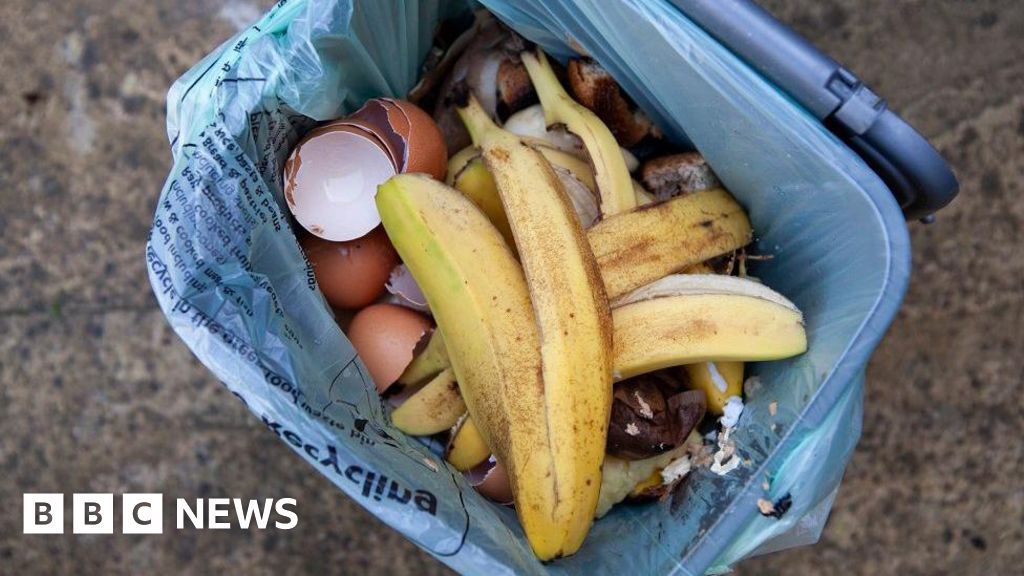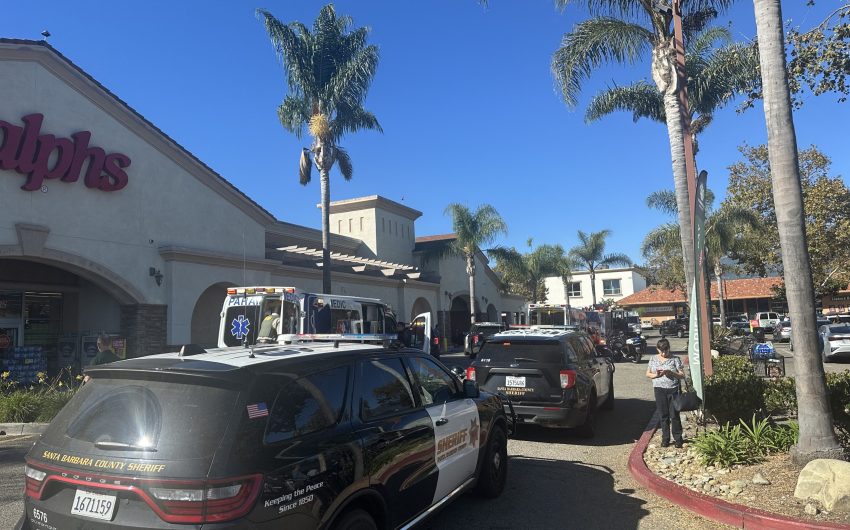Hampshire Councils’ Food Waste Initiative Advances Sustainable Development Goals
Enhancing Responsible Consumption and Production (SDG 12)
- Local authorities in Hampshire, including Test Valley Borough Council and Basingstoke and Deane Borough Council, have launched new weekly food waste collection services to improve municipal waste management.
- This initiative directly supports the objectives of Sustainable Development Goal 12 (Responsible Consumption and Production) by providing residents with a method to recycle organic materials such as meat, fruit, vegetables, and tea bags.
- The programme specifically targets SDG 12.5, which aims to substantially reduce waste generation through recycling. According to Councillor David Drew, food waste accounts for up to a third of materials in general waste bins, indicating the significant potential of this service to reduce landfill dependency.
Operational Guidance for Effective Programme Participation
To ensure the efficiency of the collection system and address initial challenges, councils have issued guidance to residents. Reports from Basingstoke and Deane indicated that the provided biodegradable liners were splitting, prompting a public information update.
Recommendations for Residents:
- Ensure caddy liners are not overfilled.
- Avoid placing liquids, oils, or hot food items into the liners, as moisture and heat accelerate their decomposition.
- Change liners on a regular basis.
- Note that alternative liners, such as used plastic bread bags or fruit and vegetable bags, are permissible.
Contribution to Clean Energy and Sustainable Communities (SDGs 7, 11, 13, 15)
- All collected food waste is transported to a local anaerobic digestion facility, creating a circular economy model that contributes to multiple SDGs.
- The anaerobic digestion process converts organic waste into renewable energy (biogas), directly advancing SDG 7 (Affordable and Clean Energy) and SDG 13 (Climate Action) by creating a low-carbon energy source.
- The system also produces a nutrient-rich fertiliser as a by-product, which can be used in agriculture to improve soil health, supporting SDG 15 (Life on Land).
- By implementing a comprehensive waste management solution, the councils are actively working towards SDG 11 (Sustainable Cities and Communities) by reducing the environmental impact of urban areas.
Analysis of SDGs, Targets, and Indicators
1. Which SDGs are addressed or connected to the issues highlighted in the article?
-
SDG 12: Responsible Consumption and Production
This is the most directly relevant SDG. The article focuses on managing post-consumer food waste, a key component of sustainable consumption and production patterns. The initiative by the Hampshire councils to introduce separate food waste collections is a direct action to reduce waste and promote recycling, which are central themes of SDG 12.
-
SDG 11: Sustainable Cities and Communities
The article describes a municipal service implemented by Test Valley Borough Council and Basingstoke and Deane Borough Council. This initiative is an effort to improve waste management systems within these communities, making them more sustainable. Effective municipal waste management is a critical aspect of SDG 11.
-
SDG 7: Affordable and Clean Energy
The article explicitly states that the collected food waste “will then be taken to a local anaerobic digester and turned into renewable energy”. This directly contributes to increasing the share of renewable energy in the energy mix, which is the core objective of SDG 7.
-
SDG 13: Climate Action
By diverting organic waste from landfills, the initiative helps mitigate climate change. Food waste in landfills decomposes to produce methane, a potent greenhouse gas. The process of anaerobic digestion captures this gas and converts it into energy, thus reducing greenhouse gas emissions and contributing to climate action.
2. What specific targets under those SDGs can be identified based on the article’s content?
-
Target 12.3: By 2030, halve per capita global food waste at the retail and consumer levels and reduce food losses along production and supply chains, including post-harvest losses.
The article addresses the consumer level of food waste. Councillor David Drew’s statement that “Food waste makes up to a third of what’s thrown away in the black bins” highlights the scale of the problem the new service aims to tackle. The collection service is a direct mechanism to reduce the amount of food waste that is disposed of improperly.
-
Target 12.5: By 2030, substantially reduce waste generation through prevention, reduction, recycling and reuse.
The entire program described in the article is a recycling initiative. It provides residents with “a simple way to recycle” food waste instead of throwing it away. The conversion of this waste into “renewable energy and fertiliser” is a clear example of recycling and reusing resources that would otherwise be lost.
-
Target 11.6: By 2030, reduce the adverse per capita environmental impact of cities, including by paying special attention to air quality and municipal and other waste management.
The introduction of “weekly food waste collections” is a significant improvement in the municipal waste management system for the councils involved. This targeted action improves how waste is handled, reducing its negative environmental impact.
-
Target 7.2: By 2030, increase substantially the share of renewable energy in the global energy mix.
The article’s mention of turning food waste into “renewable energy” via an anaerobic digester directly aligns with this target. The program creates a new stream of renewable energy from a source that was previously considered waste.
3. Are there any indicators mentioned or implied in the article that can be used to measure progress towards the identified targets?
The article does not provide specific quantitative data, but it implies several indicators that could be used to measure the success of the program:
- Amount of food waste collected: The success of the weekly collections can be directly measured by the tonnage of food waste diverted from general waste bins. This would serve as an indicator for progress towards Target 12.5.
- Reduction in general waste: The statement that food waste constitutes “up to a third of what’s thrown away in the black bins” sets a baseline. A key indicator of success for Target 12.3 would be a measurable decrease in the weight or volume of waste collected from these “black bins”.
- Quantity of renewable energy produced: The article states that waste is turned into “renewable energy”. The amount of energy (e.g., in kWh or MWh) generated by the anaerobic digester from this specific food waste stream would be a direct indicator for Target 7.2.
- Quantity of fertiliser produced: Similar to energy, the amount of “fertiliser” produced from the recycled food waste is a measurable output and an indicator of successful recycling and resource reuse under Target 12.5.
SDGs, Targets and Indicators
| SDGs | Targets | Indicators |
|---|---|---|
| SDG 12: Responsible Consumption and Production | Target 12.3: Halve per capita food waste at the consumer level. | Implied: Reduction in the proportion of food waste found in general waste (“black bins”) from the baseline of “up to a third”. |
| SDG 12: Responsible Consumption and Production | Target 12.5: Substantially reduce waste generation through recycling. | Implied: Total tonnage of food waste collected and recycled; Amount of fertiliser produced from the waste. |
| SDG 11: Sustainable Cities and Communities | Target 11.6: Reduce the adverse per capita environmental impact of cities, paying special attention to municipal waste management. | Implied: The proportion of municipal food waste successfully diverted from landfills to the anaerobic digester. |
| SDG 7: Affordable and Clean Energy | Target 7.2: Increase substantially the share of renewable energy. | Implied: Amount of renewable energy generated from the collected food waste. |
Source: bbc.com







